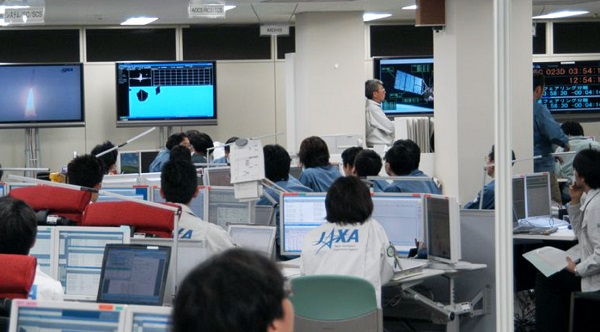Tokyo, Japan – The Japan Aerospace Exploration Agency (JAXA) has announced a significant collaboration with the Institute for Q-shu Pioneers of Space (iQPS) to conduct on-orbit demonstrations aimed at achieving real-time satellite orbital position estimates with centimeter-level accuracy.
This joint research initiative falls under JAXA’s Small Technology Innovation Satellite Research and Development Program. The collaboration aims to combine high-performance computing with precise point positioning (PPP) technology, enhancing the accuracy of satellite orbital data and potentially revolutionizing satellite-based applications.
JAXA’s Objectives
JAXA detailed the goals of this partnership, stating, “In this joint research, we will combine a high-performance computer for high-resolution satellite image processing on-orbit with PPP technology for obtaining highly accurate satellite orbital position information. We will analyze the results of on-board experiments and actively rewrite the algorithm to improve it, aiming to rapidly enhance the maturity of the on-board PPP algorithm.”
This innovative approach is expected to shorten the cycle of developing and demonstrating new technologies in space. By continuously updating the PPP algorithm based on on-orbit results, JAXA aims to improve technical maturity at an unprecedented pace.
Technological Advancements
The PPP technology, coupled with high-performance computing, is anticipated to reduce the time required to deliver image data to Earth observation satellite users. Additionally, it aims to enhance the accuracy of satellite imagery, improve space weather forecasts, and contribute to upper atmospheric observations.
The agency has outlined three primary objectives for these demonstrations:
- Utilization of Small and Ultra-Small Satellites: Testing technology applicable to both public and private sectors through a rapid development cycle.
- High-Performance Onboard Computing: Demonstrating an onboard computer with approximately 40 times the capacity of conventional spacecraft computing environments, capable of running general-purpose terrestrial software.
- Precise Point Positioning (PPP) Technology: Utilizing two-frequency positioning signals from positioning satellites and MADOCA (Multi-GNSS Advanced Orbit and Clock Augmentation) correction information from quasi-zenith satellites to achieve real-time, centimeter-level orbital position accuracy.
Without MADOCA correction, the real-time estimation accuracy would be limited to several meters, highlighting the significance of this technology.
iQPS’s Contribution
iQPS has been instrumental in developing the “QPS-SAR” high-resolution small radar satellite, which delivers high-quality synthetic-aperture radar (SAR) images. These images enable continuous observation of targets regardless of weather conditions or time of day.
Currently operating three commercial satellites, iQPS aims to expand its constellation to 24 satellites by FY2027 and eventually to 36 satellites. This expansion will support a “Near-Real-Time Data Provisioning Service,” allowing observations of specific regions worldwide at an average interval of 10 minutes.
This partnership between JAXA and iQPS is poised to significantly advance the capabilities of satellite technology, providing more precise data for various applications and enhancing our understanding of the Earth’s atmosphere and weather systems.
Image: JAXA

